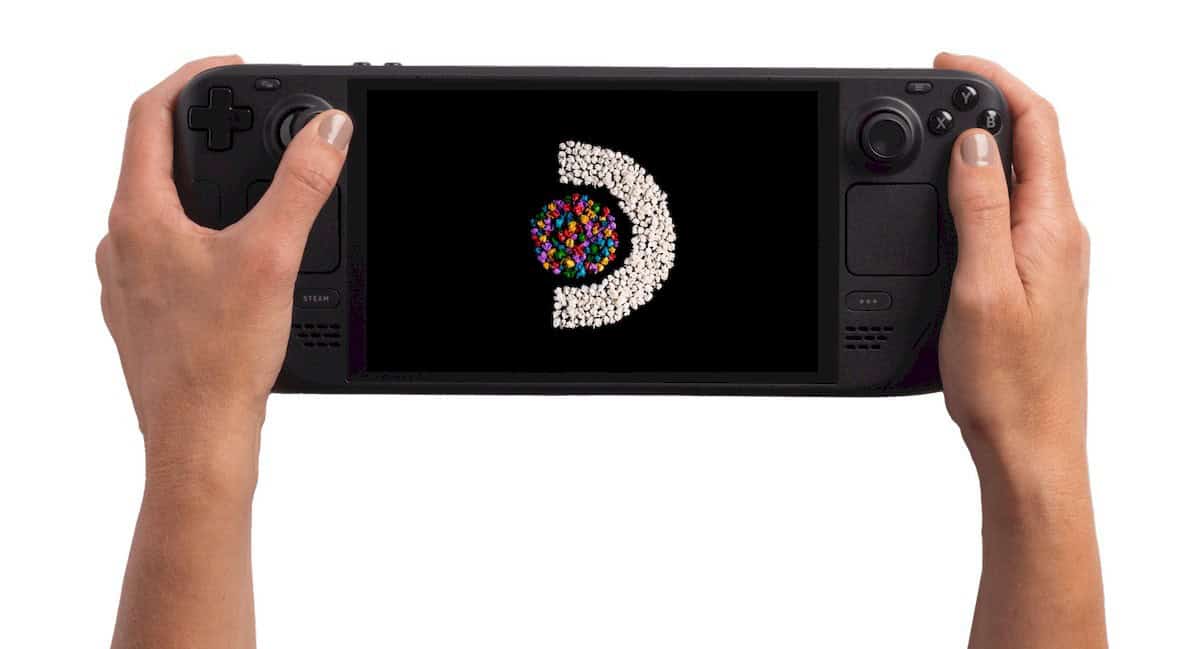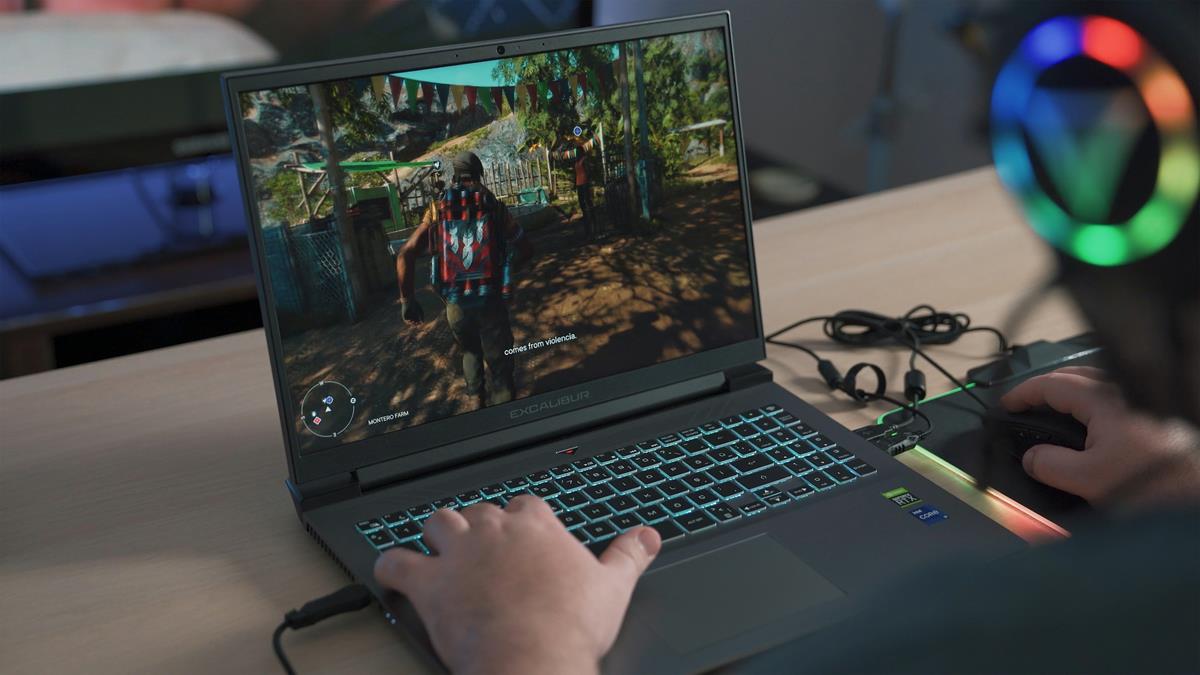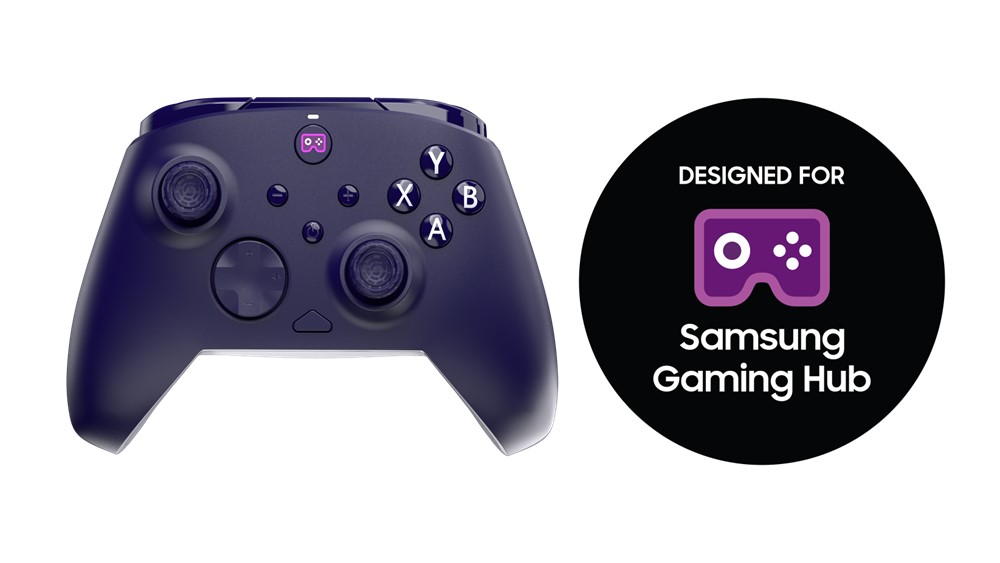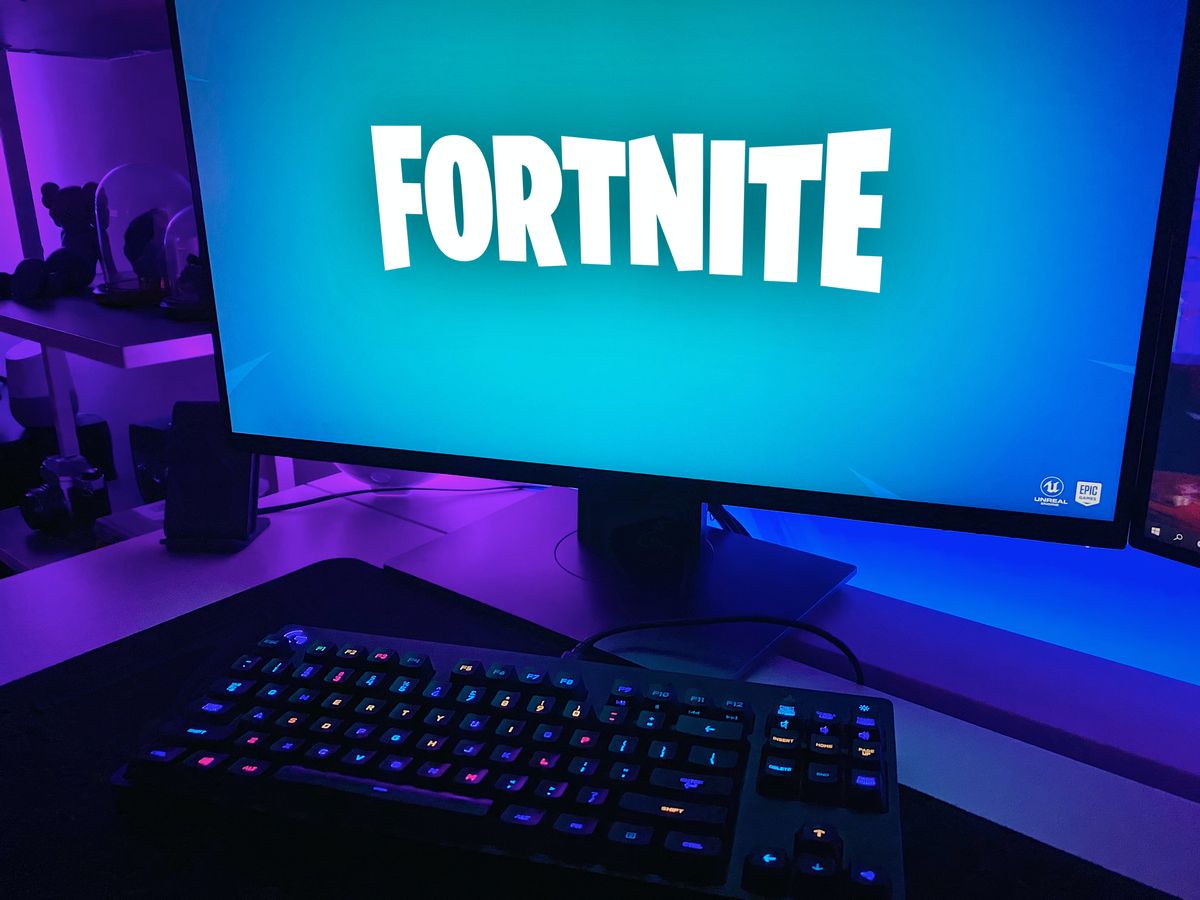Steam Deck OLED vs ROG Ally: Which one to buy?

Handheld PC gaming has become increasingly popular in recent years, with devices like the Steam Deck OLED and ROG Ally offering gamers the ability to play their favorite PC games on the go. These devices are typically less powerful than traditional gaming consoles, but they are also more portable and affordable.
The Steam Deck OLED and ROG Ally are two of the most popular handheld PCs on the market. They both offer powerful hardware and a wide range of features, but there are some key differences between the two devices.
Let’s take a look at the showdown of the best handled PC gaming devices: Steam Deck OLED vs Rog Ally.

Steam Deck OLED vs Rog Ally: Which one is the best?
Steam Deck OLED was unveiled a few hours ago and it looks like it will have a strong presence in the market. Asus' powerhouse ROG Ally has been here for a while. Let's start our Steam Deck OLED vs Asus ROG Ally comparison.
Hardware
Let’s start our Steam Deck OLED vs Asus ROG Ally comparison with the hardware of the devices.
The Steam Deck OLED is powered by an AMD Zen 2 processor with 8 cores and 16 threads. It also has 16GB of LPDDR5 RAM and 512GB of PCIe 3.0 storage. The ROG Ally, on the other hand, is powered by an AMD Ryzen™ Z1 Extreme Processor with 8 cores and 16 threads. It also has 16GB of LPDDR5 RAM and 512GB of PCIe 4.0 storage.
In terms of graphics, the Steam Deck OLED has 8 AMD RDNA 2 CUs. The ROG Ally has AMD Radeon™ Graphics with 12 CUs.
As you can see ROG Ally has a more powerful GPU and should be able to run games at higher settings and resolutions.
Display
In terms of the display category of the Steam Deck OLED vs Asus ROG Ally comparison, the Steam Deck OLED has a 7.4-inch OLED display with a resolution of 1280 x 800.
The ROG Ally has a 7-inch IPS display with a resolution of 1920 x 1080. This means, the ROG Ally has a higher resolution display, which should result in sharper images and text.

Battery life
Another important factor that takes a look at our Steam Deck OLED vs Asus ROG Ally comparison is their battery life.
The Steam Deck OLED has a 50Wh battery, while the ROG Ally has a 40Wh battery.
So, the Steam Deck OLED has a larger battery and should provide longer battery life.
Other Features
Both the Steam Deck OLED and ROG Ally have a variety of other features, including Wi-Fi 6E, Bluetooth 5.3, and a microSD card slot.
The Steam Deck OLED also has trackpads and back buttons, while the ROG Ally has Hall Effect analog triggers.
Price
The Steam Deck OLED starts at $549 for the 512GB model. The ROG Ally starts at $599 for the 512GB model. This means that the ROG Ally is slightly more expensive than the Steam Deck OLED.
Here is a table to summarize the Steam Deck OLED vs Asus ROG Ally comparison:
| Feature | Steam Deck OLED | ROG Ally |
| Price | $549 (512GB model), $649 (1TB model), $679 (1TB limited edition) | $599 (512GB model), $699 (1TB model) |
| Processor | AMD Zen 2 (4-core, 8-thread) 2.4-3.5GHz | AMD Ryzen™ Z1 Extreme Processor ("Zen4" architecture with 4nm process, 8-core /16-threads, 24MB total cache, up to 5.10 Ghz boost) |
| Graphics | 8 AMD RDNA 2 CUs, 1.0-1.66GHz | AMD Radeon™ Graphics (AMD RDNA™ 3, 12 CUs, up to 2.7 GHz, up to 8.6 Teraflops) |
| Memory | 16GB 6400MHz LPDDR5 RAM | 16GB LPDDR5 on board (6400MT/s dual channel) |
| Storage | 512GB PCIe 3.0 2230 NVMe SSD | 512GB PCIe® 4.0 NVMe™ M.2 SSD (2230) |
| Battery | 50Whr | 40WHrs, 4S1P, 4-cell Li-ion |
| Display | 1280 x 800 (16:10 aspect ratio), touch-enabled HDR OLED panel, 7.4-inches, 90Hz, 600 nits (rated for SDR), 1,000 nits (peak brightness with HDR enabled) | 7-inch, FHD (1920 x 1080) 16:9, IPS-level, glossy display, sRGB: 100%, Adobe: 75.35%, Gorilla® Glass DXC, Gorilla® Glass Victus™, Touch Screen (10-point multi-touch), Refresh Rate: 120Hz, Response Time: 7ms, Brightness: 500nits |
| Dimensions | 11.7 × 4.6 × 1.96 inches (at thickest point) | 28.0 x 11.1 x 2.12 ~ 3.24 cm (11.02" x 4.37" x 0.83" ~ 1.28") |
| Weight | 640 grams (22.57 ounces) | 608 g |
| Connectivity | Wi-Fi 6E, Bluetooth 5.3, 3.5mm headphone jack, microSD card slot, USB-C with DisplayPort 1.4 Alt-mode support | Wi-Fi 6E(802.11ax) (Triple band) 2*2 + Bluetooth® 5.2 (*Bluetooth® version may change with OS version different.) |
So the winner is? Well according to both performance and design, Asus ROG Ally looks like the winner but you tell us in the comments!
Advertisement



















